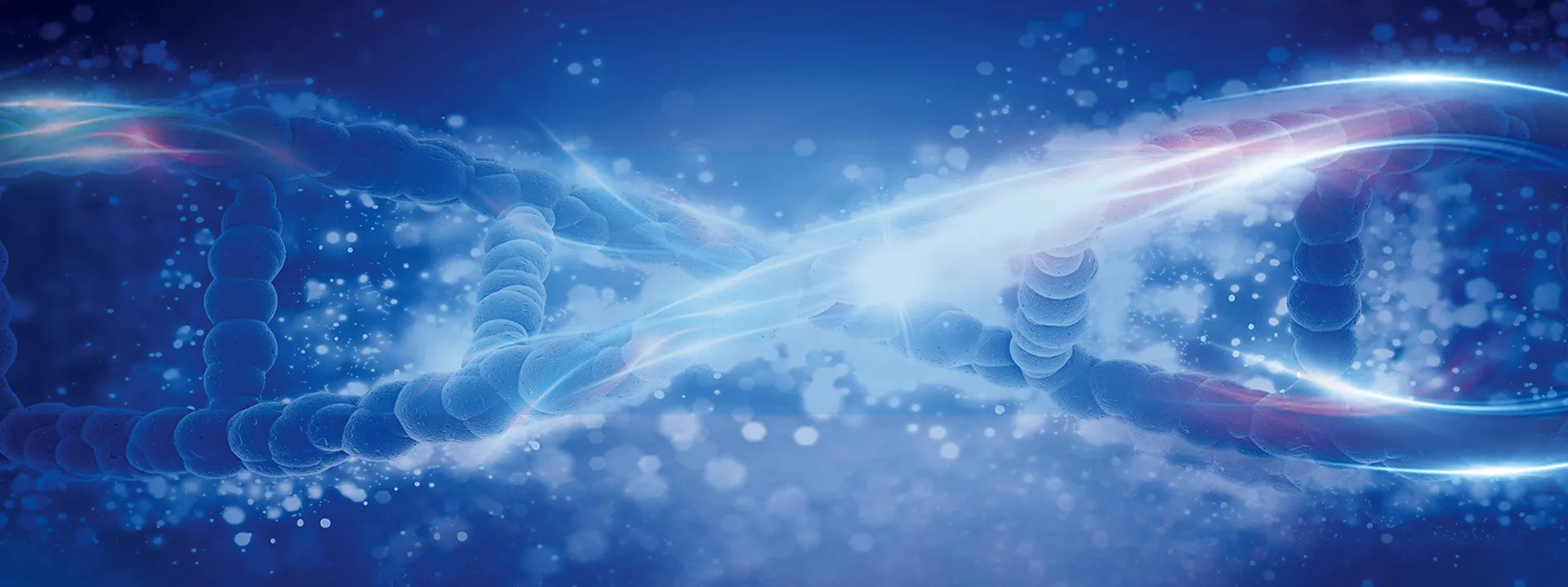Recombinant Mouse CD4/LEU3 Protein(His Tag)
- 货号:GPMM0204

Price:
| 别称 |
L3T4;Ly-4
|
| 表达系统 |
HEK293 Cells
|
| 序列 |
Met1-Thr394
|
| 蛋白编码 |
P06332
|
| 种属 |
Mouse
|
| 计算分子量 |
43.2 kDa
|
| 表观分子量 |
50 kDa
|
| 标签 |
C-His
|
| 生物活性 |
Not validated for activity
|
| 纯度 |
> 95% as determined by reducing SDS-PAGE.
|
| 内毒素 |
< 1.0 EU/mg of the protein as determined by the LAL method
|
| 保存条件 |
Generally, lyophilized proteins are stable for up to 12 months when stored at -20 to -80℃. Reconstituted protein solution can be stored at 4-8℃ for 2-7 days. Aliquots of reconstituted samples are stable at < -20℃ for 3 months.
|
| 运输条件 |
This product is provided as lyophilized powder which is shipped with ice packs.
|
| 制剂 |
Lyophilized from a 0.2 μm filtered solution in PBS with 5% Trehalose and 5% Mannitol.
|
| 复溶方法 |
It is recommended that sterile water be added to the vial to prepare a stock solution of 0.5 mg/mL. Concentration is measured by UV-Vis.
|
| 背景 |
T-cell surface glycoprotein CD4, is a single-pass type I membrane protein. CD4 contains three Ig-like C2-type (immunoglobulin-like) domains and one Ig-like V-type (immunoglobulin-like) domain. CD4 is a glycoprotein expressed on the surface of T helper cells, regulatory T cells, monocytes, macrophages, and dendritic cells. The CD4 surface determinant, previously associated as a phenotypic marker for helper/inducer subsets of T lymphocytes, has now been critically identified as the binding/entry protein for human immunodeficiency viruses (HIV). The human CD4 molecule is readily detectable on monocytes, T lymphocytes, and brain tissues. All human tissue sources of CD4 bind radiolabeled gp120 to the same relative degree, however, the murine homologous protein, L3T4, does not bind the HIV envelope protein. CD4 is a co-receptor that assists the T cell receptor (TCR) to activate its T cell following an interaction with an antigen-presenting cell. Using its portion that resides inside the T cell, CD4 amplifies the signal generated by the TCR. CD4 interacts directly with MHC class II molecules on the surface of the antigen-presenting cell via its extracellular domain. The CD4 molecule is currently the object of intense interest and investigation both because of its role in normal T-cell function, and because of its role in HIV infection. CD4 is a primary receptor used by HIV-1 to gain entry into host T cells. HIV infection leads to a progressive reduction of the number of T cells possessing CD4 receptors.
|
联系我们
027-65384716
svipmaster@elabscience.cn
武汉市高新大道858号光谷生物医药产业园二期B18栋


